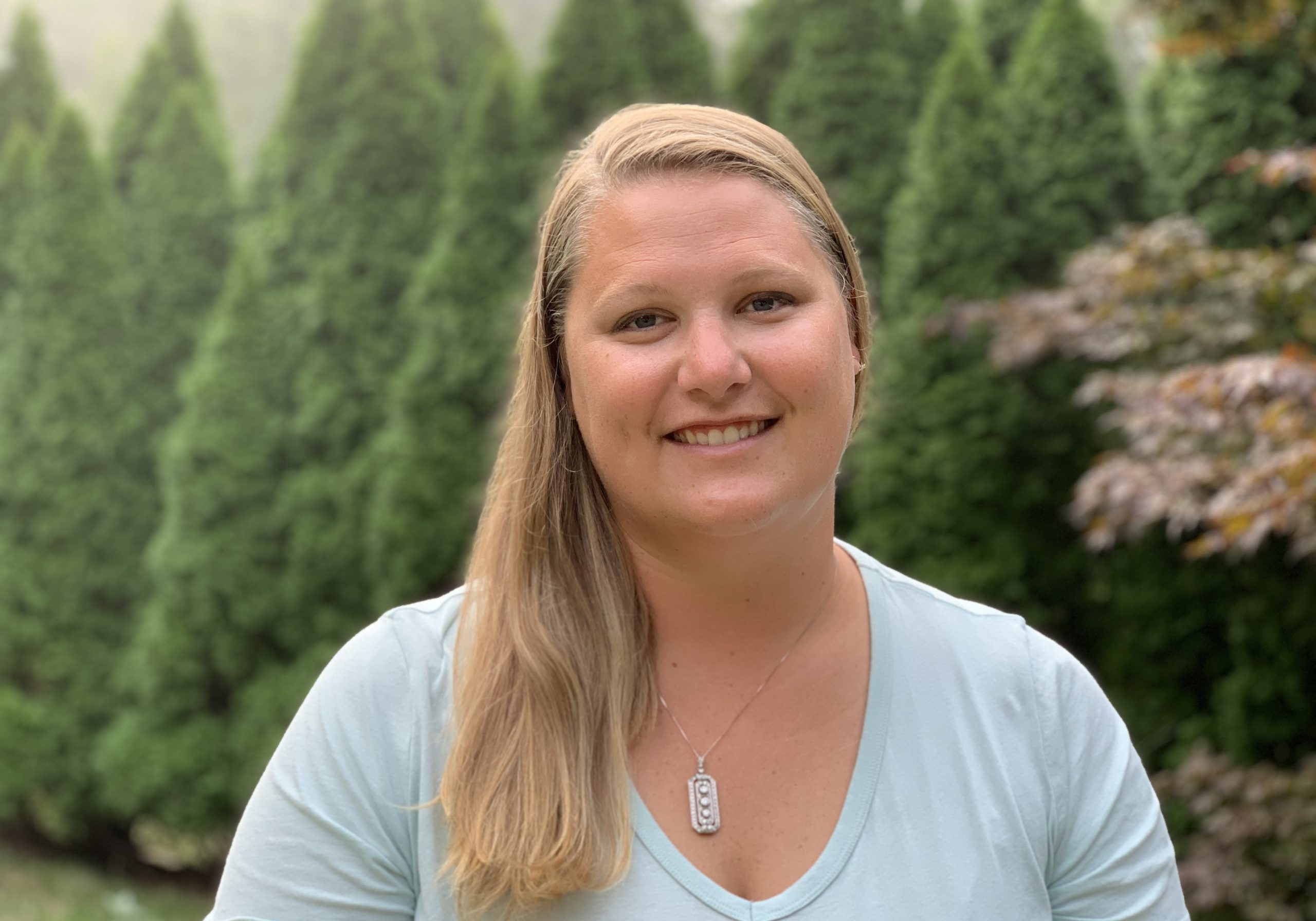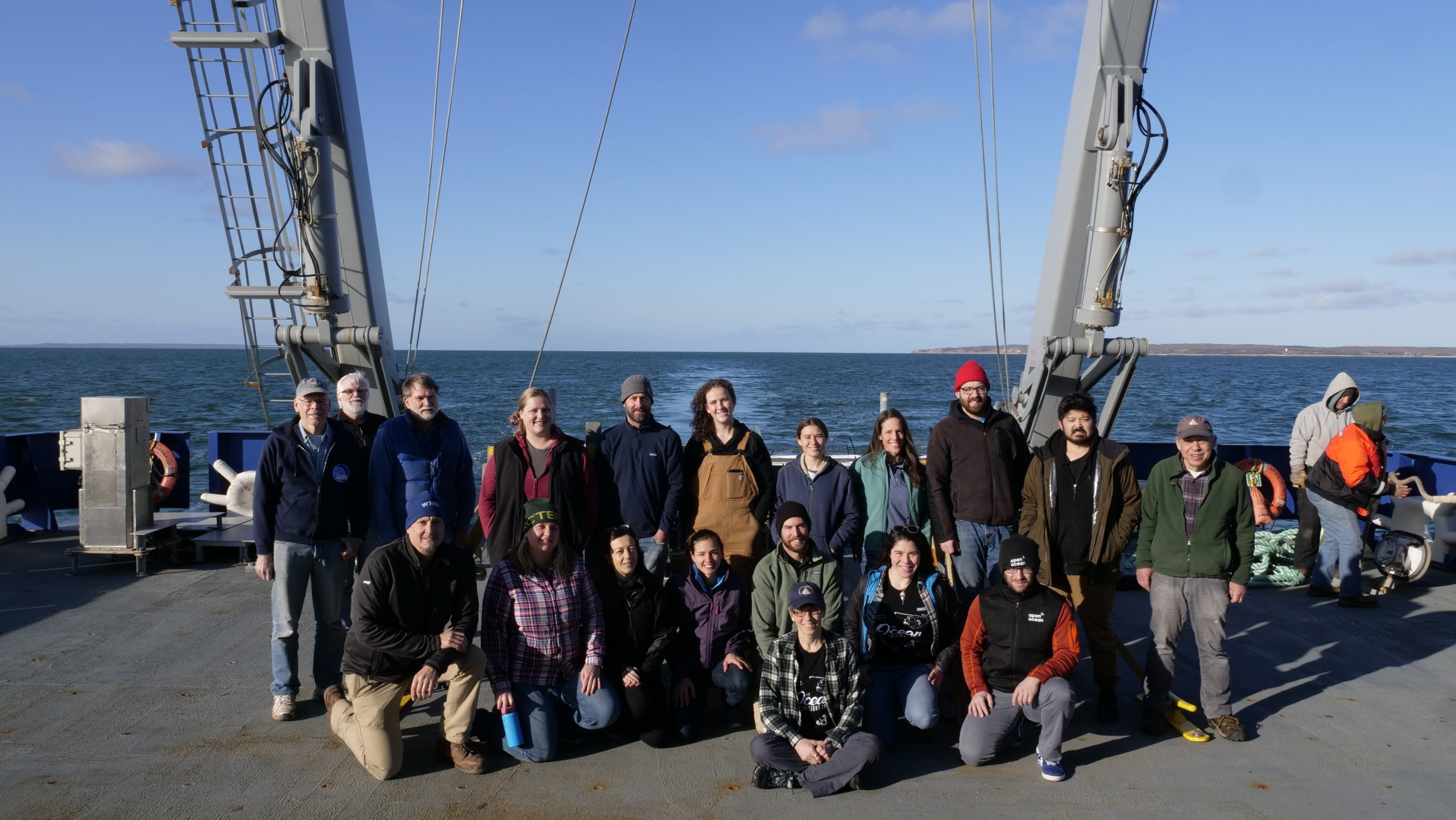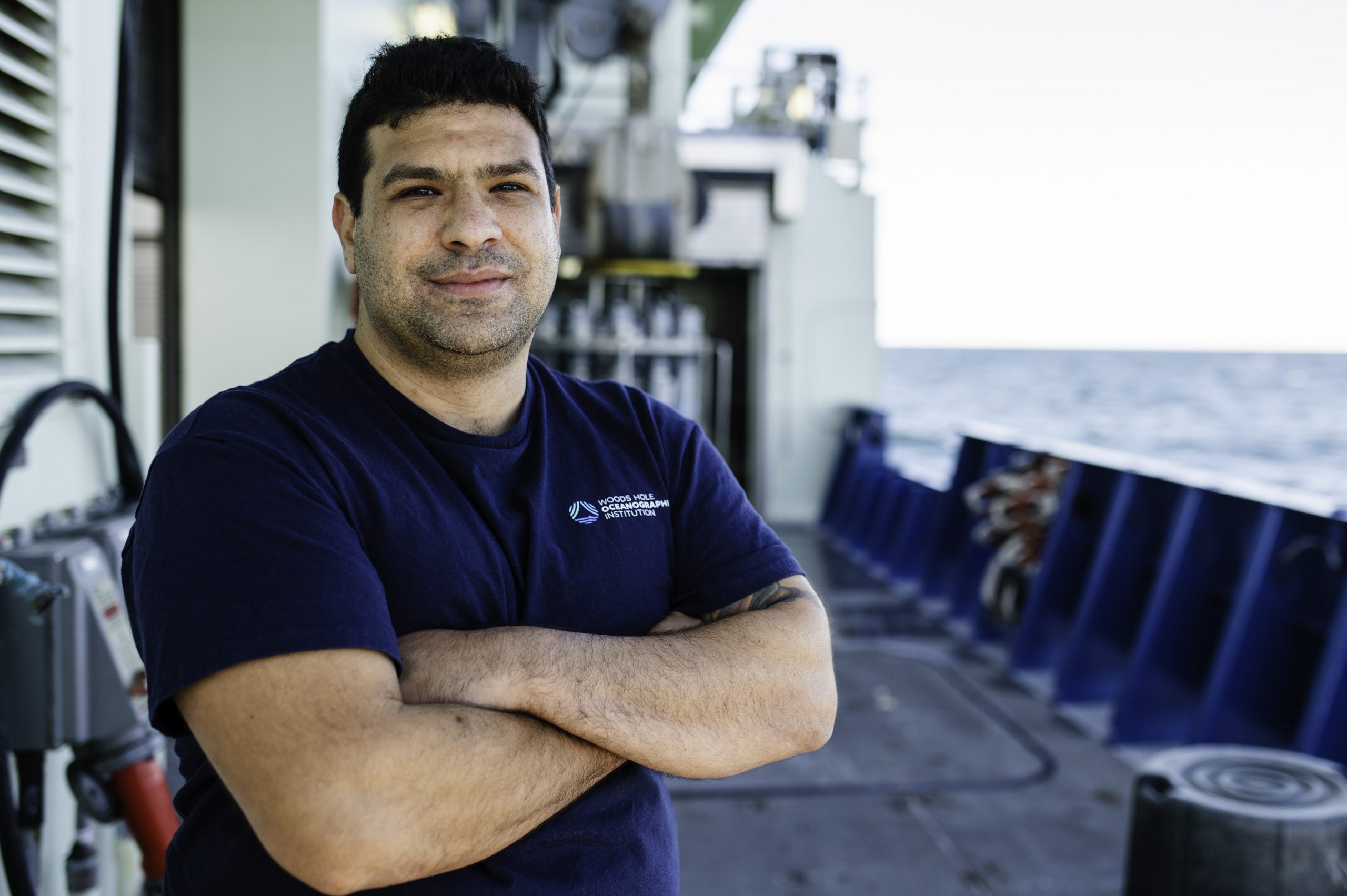Spotlight: KR Baltes October 18, 2023

As project manager for the OTZ project, Kathryn “KR” Baltes acts as a sort of air traffic controller for the research that the team’s scientists conduct. From facilitating collaborations between labs to tracking budgets, organizing engagement efforts, and planning international conferences, KR plays an essential role in keeping the project running smoothly—and making sure its research is visible to policymakers worldwide. In this interview, learn about her approach to collaboration and her passion for science storytelling.
How would you describe your role in the OTZ project?
The most succinct way that I describe my role is that I facilitate scientists’ research and outreach. I work in the background to lower barriers and create opportunities for science collaboration and outreach. Since I’m trained as a scientist, I also help actively connect different researchers within our team, at the right moment, to support new ideas and findings. I spent the first year of the project really focused on building relationships with our science team and WHOI's communication team so they would tell me when important, and maybe not so important, stuff was happening. That’s one of the things I'm most excited about—making things happen, connecting researchers, postdocs, and students, and creating space for new ideas to emerge. All scientists exist on the spectrum of interest in outreach and interest in collaboration. I work hard to increase the team's capacity in both of those areas.
What attracts you to the idea of connecting people that might not otherwise be connected?
The efficiency really speaks to me, the opportunity for the sum to be greater than the parts. In my career one of the things that brings me the most joy is finding points that multiply the impact of a project. For the OTZ project in particular, there's a lot of different ways that could manifest—whether it's connecting Annette Govindarajan [a molecular ecologist who studies environmental DNA] and Heidi Sosik [a biological oceanographer who studies plankton] at a key point in their research, or whether it's connecting Natalie Renier [designer in WHOI’s Creative department], to Ken Buesseler [a chemical oceanographer who studies carbon] so that we can visualize a complex finding in order to communicate it effectively—those are all very similar in my mind. They’re specific moments in time that provide an opportunity for something greater.

Seems as if you’ve really got a 100,000-foot view of the project, and can see possible connections between different people involved even if they might not see it themselves.
Yeah, exactly. It's the reason I put so much emphasis on building relationships up very early on. In order to be privy to those moments of opportunity, you need to have the kind of relationships where people will tell you about the middle parts of their work, not just the beginning and the end. Science communication needs to center the process too, in addition to the findings: what factors are you considering as you invent a new technique to study something? What is it like to be in the middle of research study? Perhaps more importantly, how can we effectively communicate those moments to the public in a compelling way? We are in a time where policy about the Twilight Zone is actively being written and it will impact sustainable use of this ecosystem for decades to come. Policymakers need the best available information now, not just the published information that is potentially out of date. We don't have the luxury of waiting multiple years to publish in an academic journal—we need to build communication channels at the in-process stage.
What are some of the big successes you feel like you've had on the OTZ Project?
The things I'm most proud of are the times when a scientist who was maybe skeptical about joining an engagement venture comes to me afterwards and tells me how meaningful it was for them. That's a highlight for me. Some specific examples of that are the “Keep it Weird Campaign” that the OTZ Project ran in 2020, where I served as the liaison between the graphic artists, the writers, and the science team. Even though the actual products of the campaign might come across as quirky or light hearted, we designed and built things like a personality quiz to 'find your inner twilight zone creature' to provide a hook for people to learn about the very real and important role this ecosystem plays in our lives. One side doesn't work without the other, you need the hook and the fully vetted and scientifically accurate findings. Being that precise left room for times when we intentionally veered away from accuracy for comic relief. The end products, the children's book we created, are all so much more rich because of this curated and intentional partnership with communications professionals and research scientists.
The second example is definitely the recent Twilight Zone symposium that we hosted. It was so rewarding to see all these scientists connect across multiple disciplines. Their shared passion for understanding the twilight zone was palpable. It never ceases to intrigue me that people can study a very niche part of the ocean, and yet, they haven’t really had in-depth conversations with one another. One might be a fisheries biologist and one a carbonate chemist, and that barrier is real and difficult to break through in an intentional and scientifically useful way. Different ways of observing and analyzing can make it challenging to compare results. On very special occasions, it doesn't take much, just a conversation or a connection, a light bulb moment, whether it's during a formal talk or sitting waiting in line for lunch, and things click in a way that changes their entire perspective. I very intentionally designed the symposium with opportunities for those deeper connections at the forefront.
In both these examples, I always come back to the importance of building solid relationships first—you have to have a solid foundation with a scientist, or really any professional colleague, in order to push boundaries and have a productive conversation. One of the more absurd examples was debating with the scientists and engineers behind Mesobot about whether it was okay to show a drawing of a swordfish flipping the robot over, even though it’s specifically designed not to flip. If you don’t have a personal relationship, you can’t have that conversation in the first place—people won’t even meet with you. This project has really given me, and WHOI in general, an opportunity to push boundaries with outreach, both public and policy, and I’m proud that we’ve pushed them in a way that our team feels really good about.
Why is science communication so important to you?
If you can't communicate the research that you're doing, then you're only doing half of your job. I mean that in the broadest sense of the word communicate, because it's not just to the general public or to policymakers, which is what typically comes to mind when you think about engagement. It’s also about engaging also across disciplines: you need to be able to communicate with people who have different expertise than you, This is especially true for understanding the ocean twilight zone, which will require large leaps in understanding in a short amount of time.







